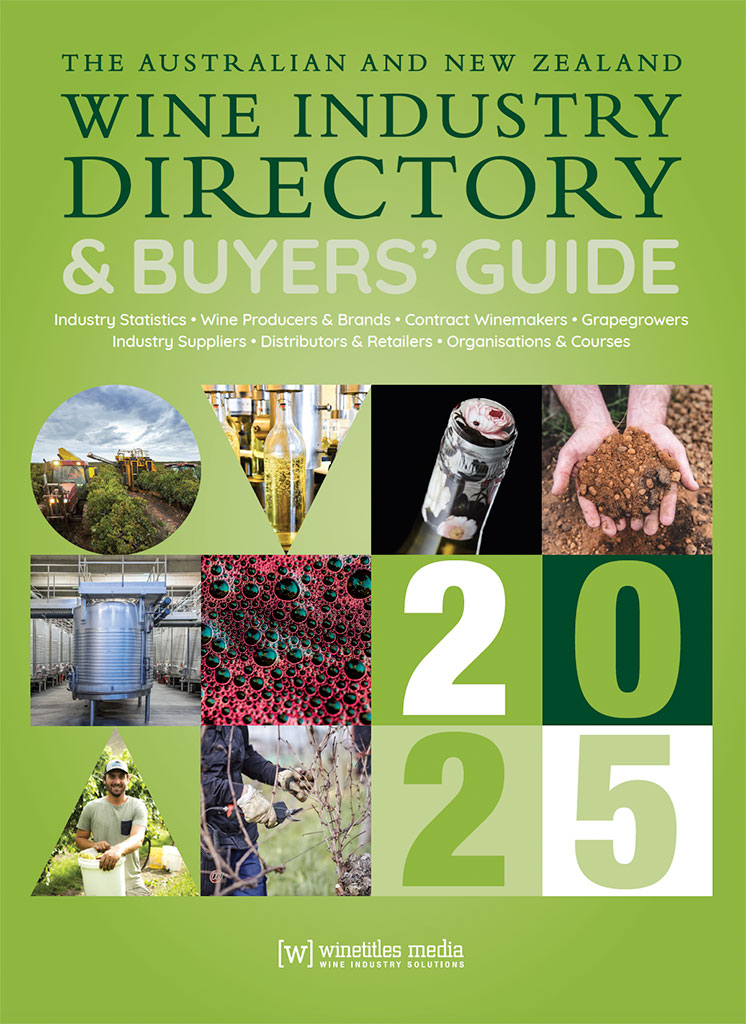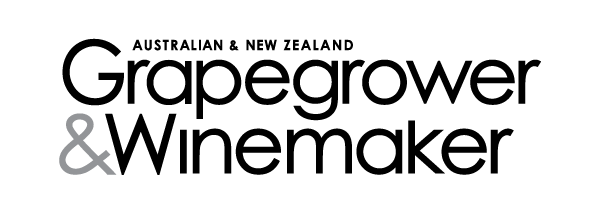Linda Blackett from Boutique HR Consulting provides valuable information on the requirements to consider for wine companies with less than 15 employees.
Establishing a solid operational foundation is crucial for long-term success. One of the most critical elements of this foundation is a robust set of human resources (HR) policies and procedures. Just as employment contracts are essential for defining the terms of employment, HR policies and procedures are vital for guiding the overall behaviour, expectations, and operations within an organisation. In this article, we will explore the significance of HR policies and procedures and how they contribute to a fair, inclusive, and legally compliant workplace.
The importance of HR policies and procedures
HR protocols are the backbone of effective human resource management. They provide a structured framework that helps organisations manage employees efficiently, reduce legal risks, ensure legal compliance, and maintain a positive work environment.
Here’s why these policies and procedures are indispensable:
Managing legal risks and disputes: Clear and well-documented HR policies help organisations navigate complex employment laws and regulations. By setting out the rights and responsibilities of both employers and employees, these policies can prevent legal disputes from arising and protect the organisation in the event of litigation.
Clarifying employee rights and expectations: HR policies articulate the standards of behaviour and performance expected in the workplace. By outlining what is acceptable and unacceptable, these policies help prevent misunderstandings and ensure that employees are aware of their rights and obligations.
Ensuring consistency and fairness: Consistency in decision-making is key to maintaining a fair work environment. HR policies provide a uniform approach to handling workplace situations, ensuring that all employees are treated equally and fairly. This consistency builds trust and fosters a culture of inclusivity.
Supporting trust, fairness, and inclusion: Well-defined HR policies promote a culture of trust and fairness by clearly outlining the responsibilities of both employers and employees. They help create an inclusive environment where everyone is held to the same standards, which can boost employee motivation and enhance the organisation’s reputation.
Attracting and retaining talent: A strong set of HR policies can significantly impact an organisation’s ability to attract and retain top talent. When employees feel that they are treated fairly and that their rights are protected, they are more likely to remain loyal to the organisation. This stability is a crucial factor in sustaining long-term success.
What is the role of workplace policies and procedures?
They are essential for the efficient management of employees in any business. They not only set the standards for behaviour and performance but also help communicate the organisation’s mission and values. Here’s how they contribute to a successful workplace:
Setting standards of behaviour: Policies define the expected standards of conduct in the workplace, helping to maintain a professional and respectful environment.
Guiding daily operations: Procedures provide step-by-step instructions for routine tasks, ensuring that employees understand how to implement the policies effectively.
Enhancing communication: Clear policies and procedures help communicate important information to employees efficiently and consistently, creating an informed and effective workforce.
Mitigating conflicts: By outlining how complaints and misunderstandings will be handled, HR policies provide a clear path for conflict resolution, reducing the likelihood of disputes escalating into costly legal battles.
What are the key HR policies every business should have?
While the specific HR policies required may vary depending on the size and nature of the business, some fundamental areas should be covered by every organisation:
Conduct: Establishes the standards of behaviour expected from employees.
Equal employment opportunity, discrimination, bullying, harassment and sexual harassment: This policy is essential to have to meet employers Positive Duty and psychosocial safety requirements. It ensures a safe and inclusive workplace by prohibiting discriminatory practices and addressing issues of bullying and harassment.
Alcohol and other drugs: Sets out the rules regarding the use of alcohol and drugs in the workplace to maintain safety and productivity.
Workplace health and safety: This ensures compliance with WHS legislation and outlines the responsibilities for maintaining a safe work environment.
Grievance or complaints: Provides a process for employees to raise concerns or complaints and ensures they are addressed fairly. Employees will understand the process and feel supported and protected to raise any issues in the workplace. This is especially important when aligning with the Positive Duty guidelines and equality, bullying, harassment and sexual harassment policies.
Internet and email use: Defines acceptable use of company technology to protect against misuse and maintain cybersecurity.
Leave, including parental leave: Specifies the types of leave available and the process for requesting and approving leave.
Performance counselling and discipline: Guides the management of employee performance issues and disciplinary actions. This again supports fair and equitable processes and maintains legal compliance when aligning with fair work guidelines.
Privacy: Protects the personal information of employees and outlines the organisation’s data protection practices.
Social media: Sets boundaries for employees’ use of social media, especially concerning work-related content. This aids in the protection from employee-based content sharing which may damage an organisation’s reputation and brand.
Working from home/telecommuting: Provides guidelines for remote work arrangements, ensuring productivity and compliance with company standards.
How best to implement them?
The effectiveness of HR policies and procedures depends largely on how well they are implemented and communicated to employees. Here are some best practices:
Clear communication: Ensure that all employees are aware of the policies by providing them with a copy (either in hard form or electronically) and explaining the key points. An accompanying training program is a good idea and reinforces these guidelines. For example, induction programs outlining the business protocols ensure employees are aware of requirements, parameters and expectations from the start. Equality, sexual harassment, bullying and harassment training ensures there is no confusion regarding the policy, behavioural expectations and consequences of breaches. Employees should sign an acknowledgment of receipt and understanding of the policies.
Regular updates: HR policies should be reviewed regularly and updated to reflect changes in laws, regulations or company practices. A quality assurance and file management system should be in place to ensure that employees always have access to the latest version of the policies.
Proactive management: Rather than waiting for issues to arise, organisations should proactively address potential concerns by regularly reviewing and reinforcing their policies. This approach helps prevent problems and shows employees that the organisation is committed to maintaining a positive and productive work environment.
HR policies and procedures are not just administrative tools; they are foundational elements that contribute to the overall success of an organisation. By providing clear guidelines, ensuring consistency, fairness, and maintaining legal compliance, these policies help create a workplace that is not only efficient and productive but also inclusive and fair. Policies should be tailored to a business and be of value. Policies for policies’ sake detract from their effectiveness. For any business, but especially for startups and small businesses, investing in strong HR policies and procedures is a strategic move that can lead to sustainable growth and success.
If you need any assistance with reviewing or developing these and do not have time to research updated legislation, then contact us at www.boutiquehr.com.au and we can assist.
This article was originally published in the October 2024 issue of the Australian & New Zealand Grapegrower & Winemaker. To find out more about our monthly magazine, or to subscribe, click here!
Are you a Daily Wine News subscriber? If not, click here to join our mailing list. It’s free!


















